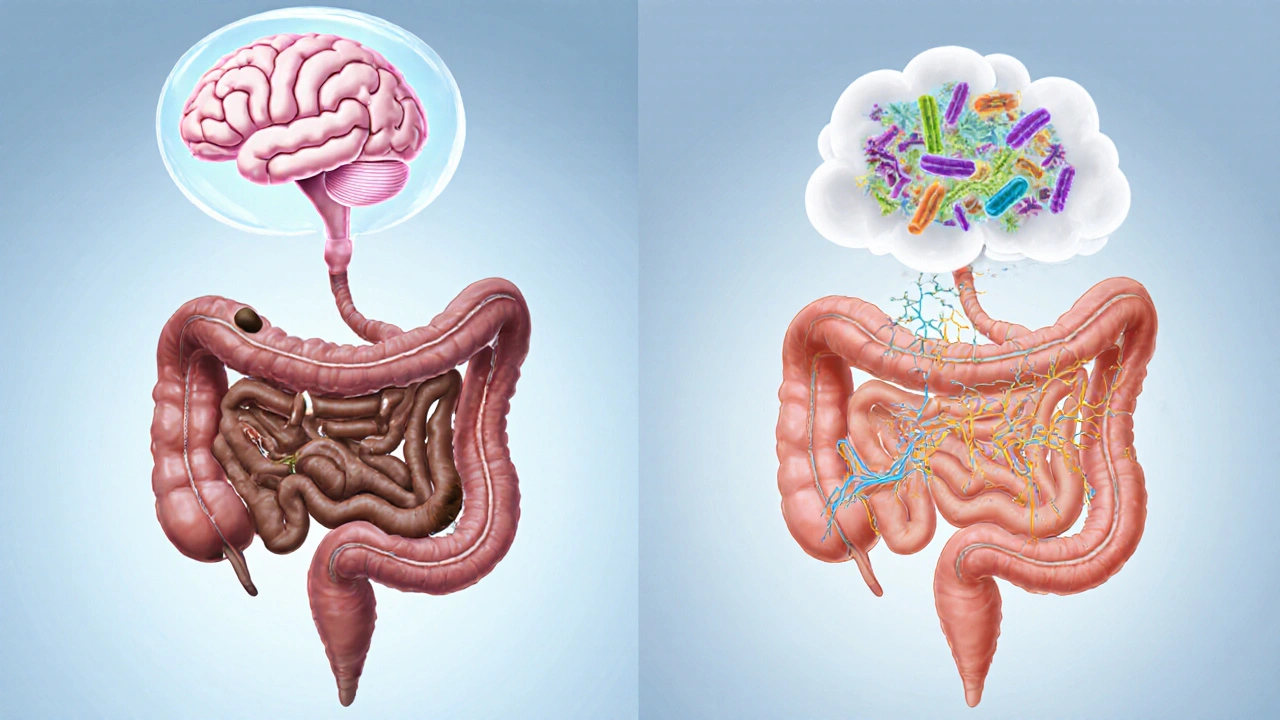Rome IV criteria: Your roadmap to functional gastrointestinal disorders
When working with Rome IV criteria, the internationally accepted symptom‑based framework for classifying functional gastrointestinal (GI) disorders. Also known as Rome IV, it helps clinicians and patients pinpoint conditions like Irritable Bowel Syndrome, a chronic pattern of abdominal pain and altered bowel habits, Functional Dyspepsia, indigestion without an obvious cause and Chronic Constipation, persistent difficulty passing stool. Understanding these definitions is the first step toward smarter gut health decisions.
Why does the Rome IV criteria matter? It sets clear thresholds for symptom frequency, duration, and impact on daily life, turning vague complaints into actionable diagnoses. For example, IBS is defined by recurrent abdominal pain at least one day per week in the last three months, together with changes in stool form or frequency. Functional dyspepsia requires bothersome post‑prandial fullness, early satiety, or epigastric pain for at least three months. Chronic constipation hinges on fewer than three bowel movements a week plus hard stools. These concrete attributes let doctors match the right treatment to the right problem without relying on invasive tests.
How the criteria shape diagnosis and treatment
Applying Rome IV is a step‑by‑step process. First, clinicians collect a detailed symptom history using the Rome IV questionnaire, which asks about pain timing, stool consistency, bloating, and trigger foods. Next, they rule out alarming signs—like weight loss, anemia or gastrointestinal bleeding—that could suggest an organic disease. If red flags are absent, the symptom pattern is compared against the prescribed thresholds. This logic‑driven approach reduces unnecessary procedures and speeds up personalized care.
Once a diagnosis is confirmed, the criteria guide therapeutic choices. For IBS, diet modifications (low‑FODMAP, fiber adjustments) and targeted medications (antispasmodics, rifaximin) are matched to the IBS subtype (diarrhea‑predominant, constipation‑predominant, or mixed). Functional dyspepsia often responds to acid‑suppressing drugs or pro‑kinetics, while chronic constipation may be managed with fiber, osmotic laxatives, or newer agents like plecanatide. The clear categorization provided by Rome IV ensures that each patient gets a treatment plan that aligns with the underlying symptom profile.
Rome IV isn’t static; it evolves with new research. Recent updates incorporate findings on gut‑brain interaction, microbiome influence, and even sex‑specific symptom presentation. For men, the criteria help differentiate between functional issues and conditions that commonly coexist, such as prostate enlargement affecting bowel habits. Linking Rome IV to broader health topics—like nutrient absorption that can lead to anemia or bone loss during chronic GI inflammation—creates a holistic view of male health.
Clinical tools built around Rome IV, such as mobile apps and online self‑assessment platforms, make the framework accessible outside specialist offices. Many patients now complete the questionnaire at home, share results with their doctors, and track symptom changes over time. This empowerment aligns with the site’s mission to give men reliable, up‑to‑date information on medications, diseases, and lifestyle adjustments.
The articles below dive deeper into specific drugs, dietary tips, and lifestyle tricks that complement the Rome IV approach. Whether you’re looking for a clear explanation of a GI condition, a comparison of treatment options, or practical advice on managing symptoms, the collection ahead offers the precise insight you need to take charge of your gut health.
Explore how chronic idiopathic constipation and irritable bowel syndrome are linked, their shared mechanisms, diagnostic tips, and effective treatments in a clear, practical guide.

